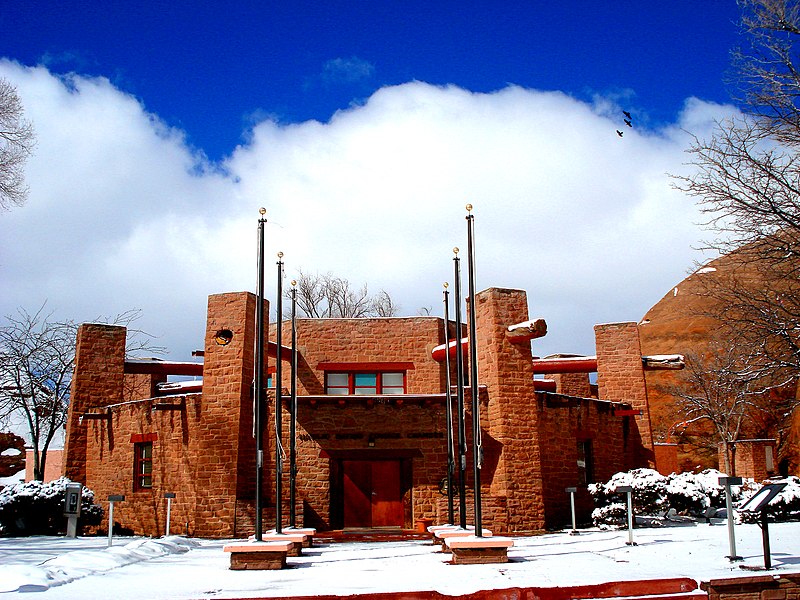Sitting Bull Facts
Sitting Bull was a Hunkpapa Lakota leader. He was a leader of great opposition and resistance to the United States.
Sitting Bull was not always called Sitting Bull. He was called Jumping Badger when he was little. Apparently, he was a very careful and slow child.
At just 14 years old, Jumping Badger went on his first raid against Crow warriors. Because Jumping Badger was so brave in this raid, his father gave him his name “Sitting Bull” when he returned.
Sitting Bull’s father was then called Jumping Bull.
Red Cloud’s War
Sitting Bull took part in Red Cloud’s War, which took place between 1866 and 1868.
Red Cloud was a leader of the Oglala Lakota, a tribe that was fighting against the U.S. army to try to keep control of the Powder River Country.
Sitting Bull supported him and led lots of soldiers to battles in Fort Berthold, Fort Stevenson, and Fort Buford.
Sitting Bull and his men also attacked U.S. forces along the Missouri River.
The Treaty of Fort Laramie
After Red Cloud’s War, the U.S. government tried to make a settlement with Native Americans, including the Hunkpapa, the Blackfeet, the Yankton.
This was called the Treaty of Fort Laramie. Sitting Bull refused to sign the treaty. He said he did not want to sell their land.
He continued to fight the U.S. forces or settlers on the Missouri River.
Battle of the Little Bighorn
Sitting Bull was one of the most important Native American leaders. He moved with his people, the Hunkpapa to the reservation.
Conditions were terrible on the reservations. Drought and famine meant that they had to rely on the U.S. government for rations.
At the last Sun dance in 1876, Sitting Bull had a revelation that they could not survive with the support of the enemies.
Sitting Bull refused to accept any help from the U.S. government. He became known for having “strong medicine” that kept away the Americans.
He and his people seemed to manage to avoid them on the plains for some time. People began to relocate to Sitting Bull’s village.
Custer came to the camp in 1876 and attacked Sitting Bull and his people in the Battle of Little Bighorn. Custer died in this battle but that enraged the U.S. government.
Over the coming years, Sitting Bull and his people were subject to repeated attacks by thousands of U.S. soldiers. In 1877, they moved to Canada. They stayed there for four years.
In 1881, Sitting Bull and his 186 followers had to surrender to the U.S. They were moved to a reservation away from other Hunkpaka peoples, then to a prisoner of war camp.
Wild West Show
Sitting Bull went on a tour around the U.S. and Canada before taking part in Buffalo Bill’s Wild West Show.
He would get paid to ride a buffalo around. Reports are that he did not enjoy this experience and would curse under his breath.
Ghost Dance Movement
The Ghost Dance Movement spread across the plains as a way to fight against enemies in a non-violent way.
The buffalo was becoming extinct, so the Ghost Dance was a way of dancing to call the ancestors to return the buffalo.
People dancing would wear a Ghost Shirt that was said to stop bullets. Sitting Bull let the movement spread to his camp but did not participate in the dancing.
However, the U.S. government saw Sitting Bull as the person who had instigated the dance. Sitting Bull was arrested and shot by the U.S. government.
Quiz
When was Sitting Bull born?
What was he called when he was younger?
How old was Sitting Bull when he went on his first raid?
What was the Ghost Shirt supposed to do?
Why was Sitting Bull killed?













